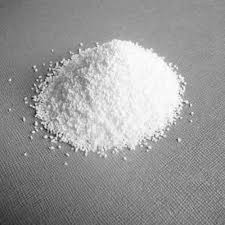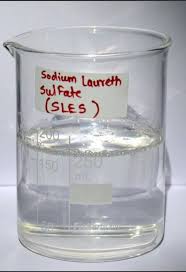Benzyl Alcohol
BENZYL ALCOHOL
Benzyl alcohol consists of a benzene ring attached to a hydroxyl (-OH) group. Its structure provides unique characteristics, such as high stability and a relatively low boiling point of 205 °C. The compound is soluble in water to a limited extent but dissolves well in common organic solvents. The synthesis of benzyl alcohol often involves the oxidation of toluene, a process that can be accomplished through several methods. One common approach is the use of potassium permanganate (KMnO4) or chromic acid (H2CrO4) as an oxidizing agent.
Benzyl alcohol's unique combination of aromatic and alcohol properties makes it a valuable compound in various industries. From pharmaceuticals to cosmetics, its diverse applications underscore its significance in modern manufacturing. As with any chemical, responsible handling and adherence to safety guidelines are crucial to harness its benefits effectively.USES AND APPLICATIONS FOR Benzyl Alcohol
INDUSTRIES
It is used in numerous industrial applications like:-
- Used in cosmetic industries
- Used as a flavoring agent
- Used as a preservative
- Used in the manufacture of perfumes
- Used in personal care products
- Used as a solvent in the pharmaceutical industry
BENZYL ALCOHOL
Benzyl alcohol, characterized by a benzene ring linked to a hydroxyl (-OH) group, possesses distinct properties, including high stability and a relatively low boiling point of 205 °C. While it exhibits limited solubility in water, it readily dissolves in common organic solvents. Synthesizing benzyl alcohol commonly involves oxidizing toluene, a process achievable through various methods, with the oxidation by potassium permanganate (KMnO4) or chromic acid (H2CrO4) being a prevalent approach.
The compound’s unique amalgamation of aromatic and alcohol characteristics renders it indispensable across multiple industries. Its versatility finds expression in pharmaceuticals, cosmetics, and beyond, signifying its pivotal role in contemporary manufacturing practices. However, as with any chemical, responsible handling and adherence to safety protocols are imperative to harness its benefits safely and effectively.
Benzyl alcohol finds diverse applications:
- Cosmetic Industries: Employed in cosmetic formulations for its properties as a solvent, preservative, and fragrance component, contributing to product stability and sensory appeal.
- Flavoring Agent: Used as a flavoring agent in food and beverage products, enhancing their aroma and taste profiles.
- Preservative: Valued for its preservative properties, extending the shelf life of various formulations in the cosmetic, pharmaceutical, and food industries.
- Perfume Manufacturing: Integral to the production of perfumes and fragrances, imparting distinctive scents and enhancing olfactory experiences.
- Personal Care Products: Incorporated into personal care items like lotions, creams, and shampoos for its emollient and stabilizing effects, ensuring product quality and efficacy.
- Solvent in Pharmaceuticals: Utilized as a solvent in pharmaceutical formulations to dissolve and facilitate the administration of active pharmaceutical ingredients, aiding in drug delivery and efficacy.
The widespread utilization of benzyl alcohol underscores its importance as a multifunctional compound, driving innovation and efficiency across diverse sectors. Its versatility and reliability continue to make it a cornerstone in modern manufacturing processes, enriching products and enhancing consumer experiences.




